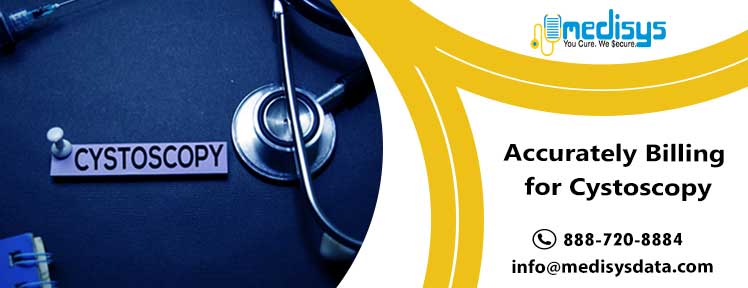Introduction
Urology, encompassing the urinary tract and male reproductive system, presents unique billing challenges due to its specialized procedures and ever-evolving regulations. Cystoscopy, a common urological procedure involving visual examination of the bladder, serves as a microcosm, highlighting the intricacies of urology billing. Let’s explore into the essential knowledge for accurate and efficient billing for cystoscopy.
Accurately Billing for Cystoscopy
Coding Fundamentals
1. CPT Codes
At the heart of cystoscopy billing lies the CPT (Current Procedural Terminology) code. The most common code for diagnostic cystoscopy is 52232, encompassing cystoscopy with bladder biopsy. Additional codes like 52231 (cystoscopy without biopsy) and 52275 (cystoscopy with urethral dilation) might apply depending on the procedure’s nature.
2. Modifiers
Modifiers add crucial details to your codes, impacting reimbursement. Understanding modifiers like 59 (distinct procedural service) or 26 (global surgical procedure) is essential to avoid claim denials. Consult your coding guidelines for specific modifier applications in cystoscopy billing.
3. ICD-10 Codes
(International Classification of Diseases, 10th Revision) codes specify the diagnosed condition prompting the cystoscopy. Examples include N30.0 (cystitis), N20.0 (benign prostatic hyperplasia), or T10.0 (bladder cancer). Accurate ICD-10 coding ensures appropriate reimbursement and reflects the patient’s medical history.
4. E/M Coding
Evaluation and Management (E/M) coding captures the physician’s work during the patient encounter. Accurately documenting the history, examination, and medical decision-making determines the appropriate E/M code (e.g., 99213) and subsequent physician compensation.
5. Prior Authorization
Certain cystoscopies might require prior authorization from the insurance company, especially if deemed non-emergent. Understanding your payer’s policies and obtaining prior authorization beforehand streamlines the billing process and minimizes claim denials.
6. Reimbursement Nuances
- Prior authorization: Check insurance requirements for prior authorization before performing cystoscopy, especially for complex procedures or specific diagnoses.
- Bundled codes: Certain services might be bundled into the primary cystoscopy code, reducing separate reimbursement. Thorough code review is crucial.
- Modifiers and documentation: Meticulously document medical necessity and use appropriate modifiers to justify separate reimbursement for services like cystoscopy with biopsy.
7. Beyond the Basics
- Charge master: Ensure your cystoscopy charges align with your facility’s fee schedule and consider factors like anesthesia used.
- Claim scrubbing: Double-check claims for coding errors, missing information, or inconsistencies before submission to reduce denials.
- Stay updated: Regularly review coding guidelines and payer policies to stay abreast of changes impacting cystoscopy billing.
8. Cystoscopy-Specific Considerations
- Type of cystoscopy: Differentiate between flexible and rigid cystoscopy codes (e.g., 52270 vs. 52230).
- Anesthesia: If anesthesia is used, code it separately (e.g., 00810 for moderate sedation).
- Pathology: If biopsies are taken, submit separate pathology codes for analysis.
Understanding the broader context of urological procedures, coding practices, and payer policies is paramount for successful navigation. Consider consulting a medical billing professional for guidance specific to your practice and situation.
Medisys tackles the complexities of urology billing with expert coders, advanced software, and unwavering dedication. Consider Medisys when billing for cystoscopy!!
References:












